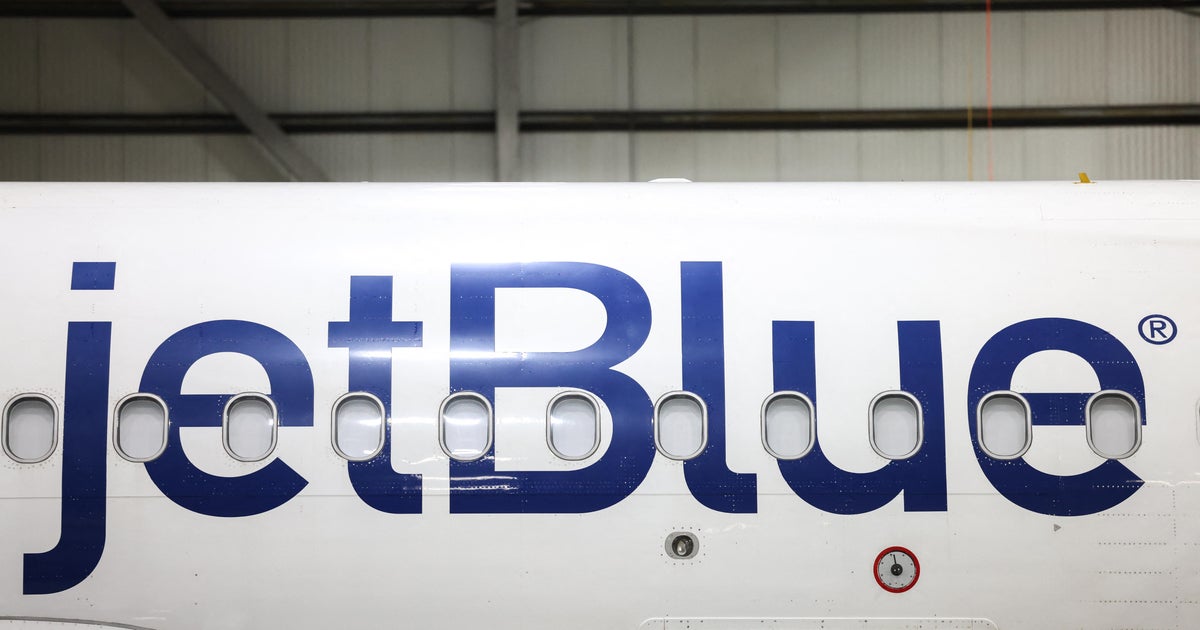Airplanes fly higher and make contrails that last longer now. A study says that's bad for the climate.
Airlines have tamped down on carbon emissions by flying planes at higher altitudes. But this comes at a cost: the higher-flying aircraft are creating more contrails that last longer, worsening the industry's impact on climate change, a new study found.
"This doesn't mean that more efficient aircraft are a bad thing – far from it, as they have lower carbon emissions per passenger-mile," said Edward Gryspeerdt, the lead researcher, in a statement. "However, our finding reflects the challenges the aviation industry faces when reducing its climate impact."
Contrails — short for condensation trail — are the white streaks in the sky behind planes. Airplanes create the lines of water vapor when they fly through high altitude humidity zones.
An MIT study from March of this year found that contrails account for just over a third of the aviation industry's contribution to climate change. Contrails trap heat in the atmosphere, which in turn warms the planet.
Private jets, already heavily scrutinized for high carbon emissions, represent a big part of the contrail problem. Imperial College London researchers found that the small planes produce similar-sized contrails to their bigger counterparts.
"We already know that these aircraft create a huge amount of carbon emissions per passenger so the super-rich can fly in comfort," said Gryspeerdt in a statement. "Our finding adds to concerns about the climate impact caused by private jets as poor countries continue to get battered by extreme weather events."
Hope on the horizon?
Just a small segment of flights — 2% and 10% — account for 80% of contrails, according to MIT researchers. Experts say that shifting the flight path of this small fleet of planes ever so slightly could make a big difference.
American Airlines is already starting to experiment with this using the power of AI and satellite imagery. In partnership with Google and the company Breakthrough Energy, the carrier ran 70 test flights during which they asked pilots to readjust their altitude. These incremental changes, they found, produced fewer contrails.
Dinesh Sanekommu, product manager at Google, in an email statement to CBS News said they are "excited about the impact AI can have on contrail avoidance," and that it has the potential to be a "cost-effective and scalable climate solution."
This method, however, isn't foolproof: when planes descend, they burn extra fuel. However, environmental correspondent David Schechter, said the benefits outweigh the costs. "Google estimates that across an airline's entire fleet, we're only talking about a .3% more fuel in exchange for eliminating heat trapping contrails," he said.
Another possible way to get at the contrail problem, scientists from the Imperial College London say, is to reduce the soot emitted from aircraft engines. This could make the white streaks fall out the sky faster, reducing their warming impact.
"From other studies, we know that the number of soot particles in aircraft exhaust plays a key role in the properties of newly formed contrails," said coauthor of the study Marc Stettler. "We suspected that this would also affect how long contrails live for.



